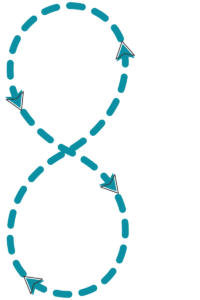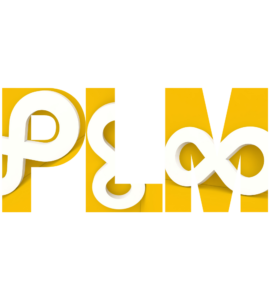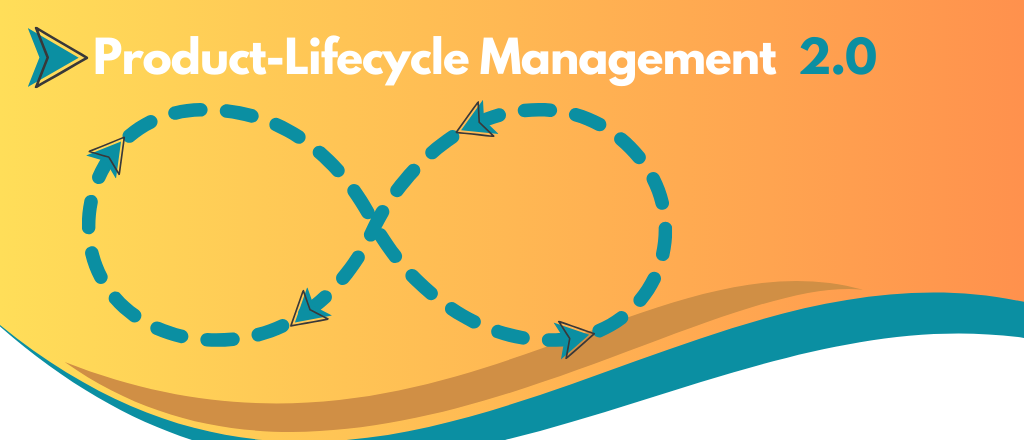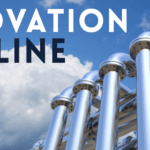Product-Lifecycle Management 2.0
A Kaizen Approach to Market-Driven Innovation
In today’s competitive business environment, companies are under constant pressure to innovate, streamline processes, and improve product quality. One powerful way to achieve these goals is by applying the principles of Kaizen—the Japanese concept of continuous improvement—to Product Lifecycle Management (PLM). By viewing PLM as a Kaizen loop, organizations can foster a culture of ongoing innovation and refinement, ensuring that products evolve in line with customer needs, technological advances, and market demands.
In this blog, we’ll explore how managing Product Lifecycle Management as a Kaizen loop can drive better results, improve efficiency, and lead to the creation of superior products that resonate with customers.
What is Product Lifecycle Management (PLM)?
Before we dive into how PLM can benefit from a Kaizen approach, let’s define what PLM is.
Product Lifecycle Management is the process of managing the entire lifecycle of a product from inception, through design and manufacturing, to service and disposal. It involves integrating people, processes, business systems, and information to streamline product development, reduce costs, enhance quality, and improve collaboration across the product’s life.
While PLM has traditionally been seen as a linear process—moving from concept to production and then to end-of-life—a Kaizen loop introduces a more fluid, iterative approach that can enhance every stage of the lifecycle.
What is Kaizen?
Kaizen is a Japanese term that translates to “continuous improvement.” It refers to the practice of making small, incremental improvements in processes, products, or services on a regular basis. Rather than focusing on large, disruptive changes, Kaizen promotes consistent, sustainable improvements through the involvement of all employees.
Incorporating Kaizen into PLM means shifting from a linear, static approach to a dynamic, feedback-driven system where every phase of the product’s life is optimized and refined continuously.
The Kaizen Loop
in Product Lifecycle Management
A traditional PLM approach tends to follow a set sequence of stages: concept, design, manufacture, test, launch, and then end-of-life. However, when applying Kaizen, this cycle is treated as an ongoing loop, where each stage is continuously revisited and improved. Here’s how it works:
- Define the Initial Goal (Plan)
- Develop the Product (Develop)
- Measure and Analyze Performance (Review)
- Implement Improvements (Revise)
- Refinement Through Feedback (Loop)
- Define the Initial Goal (Plan)
The first step in the Kaizen loop is to define the goals for the product, based on customer needs, market research, and business objectives. Involving stakeholders from the Product, Sales and Marketing to ensure the plan’s success is the way to begin. Then, ensure that the product development process is aligned with the company’s strategic drivers. Unlike traditional planning, Kaizen planning doesn’t end here, it merely establishes a baseline for ongoing improvement. Each of the stakeholders involved should plan for feedback loops and potential adjustments early on. - Develop the Product (Develop)
The next phase involves the design and development of the product. However, under the Kaizen approach, development isn’t a one-time, isolated effort. Rather, it’s a continuous process of iteration. As prototypes are created, the design is continuously tested and refined. Feedback from customers, production teams, and stakeholders is used to make adjustments and enhancements during the development stage. - Measure and Analyze Performance (Review)
Once the product is in production, it is crucial to continuously monitor and analyze its performance. In a Kaizen-driven PLM environment, this doesn’t just happen at the end of the development cycle. Rather, measurement and analysis are built into every phase. Key performance indicators (KPIs) such as product quality, customer satisfaction, production efficiency, and cost control should be regularly reviewed. This ongoing feedback helps to identify areas for improvement, even after the product is launched. - Implement Improvements (Revise)
The beauty of Kaizen is its focus on action. Based on the insights gained from the measurement phase, teams are empowered to implement improvements quickly. If customers are experiencing issues, fixes are developed and rolled out rapidly. If new technologies become available that could improve the product, they are incorporated into future iterations. These incremental improvements are the driving force of the Kaizen loop, enabling the product to continuously evolve and stay competitive. - Refinement Through Feedback (Iterate)
The final step in the Kaizen loop is to integrate the improvements back into the product and into future development. The loop continues, with each cycle bringing new insights, innovations, and refinements to all of the teams involved. This feedback-driven model ensures that every product phase—whether it’s design, manufacturing, or customer feedback—is part of an ongoing process of improvement.


Key Benefits of Managing PLM as a Kaizen Loop
- Faster Time-to-Market
Because Kaizen encourages rapid feedback and iteration, product improvements can be made in real-time. This reduces delays and accelerates the development process, enabling companies to bring products to market more quickly. - Increased Product Quality
Continuous improvement ensures that the product is constantly evolving based on real-world data and user feedback. This approach leads to higher product quality, as the product is fine-tuned over time and refined based on actual performance. - Better Collaboration and Communication
Kaizen is inherently a team-driven approach, where everyone from engineers to salespeople to customers has input into the product’s development. This fosters a culture of collaboration and ensures that all perspectives are considered, leading to a more well-rounded and successful product. - Lower Costs
By focusing on small, incremental improvements, Kaizen minimizes the risk of costly mistakes. Rather than investing large sums in a single, big change, incremental changes allow teams to make improvements more affordably and with fewer risks. Moreover, early identification of inefficiencies during production or design stages helps to avoid costly fixes down the line. - Improved Customer Satisfaction
Since customer feedback is central to the Kaizen approach, PLM that incorporates Kaizen ensures that products are always aligned with customer needs. This ongoing dialogue with customers leads to higher satisfaction, loyalty, and retention.

Overcoming Challenges in Implementing Kaizen in PLM
While applying Kaizen principles to PLM offers immense benefits, there are some challenges companies may face:
- Cultural Shift: Employees need to embrace a mindset of continuous improvement, which can require significant cultural change, especially in traditional, hierarchical organizations.
- Resource Constraints: Regular feedback and iterative improvements require resources, including time and manpower, which can be stretched thin in high-pressure environments.
- Technology Integration: To enable real-time feedback and iteration, companies must leverage advanced PLM tools, which may require investment in software systems and employee training.
However, the long-term benefits of adopting a Kaizen-driven PLM system often outweigh these challenges. Companies that successfully integrate Kaizen into their PLM processes can look forward to better products, more satisfied customers, enhanced enterprise collaboration and increased profitability.

“Our integrated approach to PLM ensures that the RIGHT product is launched with the RIGHT features at the RIGHT time, thereby maximizing a company’s potential for early market success.“
– Dr. Matthew Heim, Chief Innovation Officer and Strategist
Conclusion
Product Lifecycle Management, when managed as a Kaizen loop, transforms the traditional product development approach into a dynamic, continuous improvement system. By focusing on incremental, data-driven improvements at every stage of the product’s lifecycle, organizations can produce better products, reduce costs, and improve customer satisfaction.
In an age of fast-changing technology and evolving customer expectations, adopting a Kaizen mindset for PLM can ensure that a company stays ahead of the competition, continually innovating and refining its products to meet the needs of tomorrow.
By embracing Kaizen, PLM becomes not just a process but a philosophy—one that fosters growth, adaptability, and success for the long term.
Ready to implement Kaizen in your PLM process?
Contact Ezassi to learn more about how to put these principles into action.
Access the Infographic







